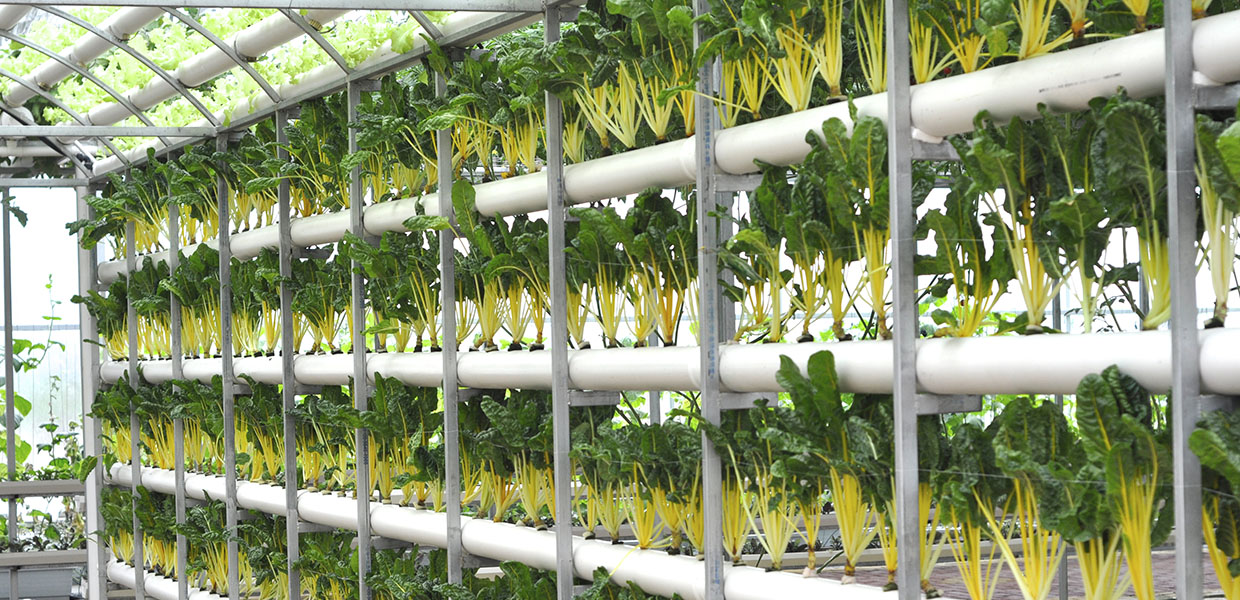Agriculture is undergoing a high-tech revolution as primary producers increasingly turn to robotics to meet multiple challenges. Agribusinesses are grappling with many issues: How to keep a lid on costs yet produce enough food at competitive prices to feed the world? How to ensure sufficient labor for harvesting with the pandemic restricting movement of workers? And how to meet the sustainability standards expected by food retailers, consumers and governments and still turn a profit? Innovative technologies and automation of tasks can help overcome some of these challenges, as this summary of the latest trends in robotization shows.
Global market for agricultural robots
The total value of the global agriculture robots market is predicted to rise from $1.9 billion in 2019 to $7.7 billion in 2025, a CAGR of 26.27% according to Precision Agriculture Market Growth Rate Analysis by 2025 | BIS Research. The United States, Europe, Australia, and Japan are the major regions that have adopted robotic systems and autonomous agricultural machinery to replace human labor in conducting mundane agricultural tasks. While robotic systems are already well-established in the dairy industry, harvesting, picking and weeding will catch up quickly in the next five years. The world’s first robot catalogue issued by Future Farming highlights 35 field and harvest robots that will be available for sale, lease or hire in 2021. Their manufacturers already have close to 2,000 units out in the field at prices ranging from EUR 9,995 to an eye-watering EUR 590,000.
Harvesting & picking robots
Harvesting and picking robots are most relevant for high-value crops, such as wine grapes, where harvesting is traditionally laborious and time-consuming. Innovations like nanotechnology, materials science and mechatronics allow picking robots to not only detect fruits and analyze their ripeness, but also grasp and detach them without damage.
According to Future Farming, in the near future harvest robots, and even harvest drones, could be deployed for crops including broccoli, citrus fruits, cauliflower, kiwi fruit, tomatoes, cucumbers, peppers, lettuce, mangos, and watermelon. Some field robots can even take over activities from tractors, including soil cultivation, seeding, crop care and mowing.
Weeding robots
Again, high-value crops (including several types of lettuce, strawberries, blueberries, oranges and other citrus fruits and winery grapes) seem to present the best business cases for weeding robots. These robots are especially useful where steep terrain is dangerous for workers and equipment. Through precision technology weeding robots can also direct tailored doses of herbicides to the weeds, but not the crops, which radically reduces the amount of herbicides applied.
Milking robots
As milking robots help to improve the productivity and yield of the milking process, dairy farmers are shifting from traditional to automated milking methods - to meet the exponential rise in global milk demand on the one hand and tackle labor shortages on the other. The expectation is that the market share will shift from standalone units to multiple stall units and then to advanced rotary units in the coming years. Automated feeding and barn cleaning systems are also helping to improve efficiency in the industry.
Drones/UAVs
The global agricultural drones market is expected to grow consistently through at least 2021 due to the increasing awareness of drones in agricultural applications. Among other things agribusinesses deploy drones (also known as Unmanned Aerial Vehicles) to gather data for soil analysis, planting, crop spraying, crop monitoring, irrigation and livestock health assessments. The fall of component prices and improvements in stability and reliability are expected to bring more market players with relatively low-cost offerings, especially from China.
Robot As a Service pricing models
The return on investment on agriculture robots will depend to a great extent on whether farmers and producers choose to see the Robot as a Product (RaaP) or as a Service (RaaS). In other words, whether they treat the investment as a capital expenditure or an operational expenditure. Many farmers still go for the capex model and buy equipment directly from the manufacturer. However, the high flexibility and lower costs associated with RaaS models are expected to change mindsets over time, especially if robot manufacturers offer a RaaS pricing model to help accelerate the adoption and affordability of robots in agriculture.
Drones as a Service models are also gaining traction as third-party service providers are increasingly renting out and operating the equipment. The Drone as a Service model is more economical for smaller farms and suits the current trend toward sharing of assets in agriculture.
Partnering to anticipate the needs of a changing world
DLL, a proud member of the Rabobank Group, is a leading provider of equipment and technology financing to the Agriculture and Food industries. Drawing on deep industry knowledge, we create sustainable finance solutions for asset and input manufacturers, dealers and end users in over 30 countries. Going beyond providing capital and helping our partners to anticipate the needs of a changing world and market.
If you have any questions about how DLL can help you finance your robotization plans, please contact us, or check out our website for more information.


